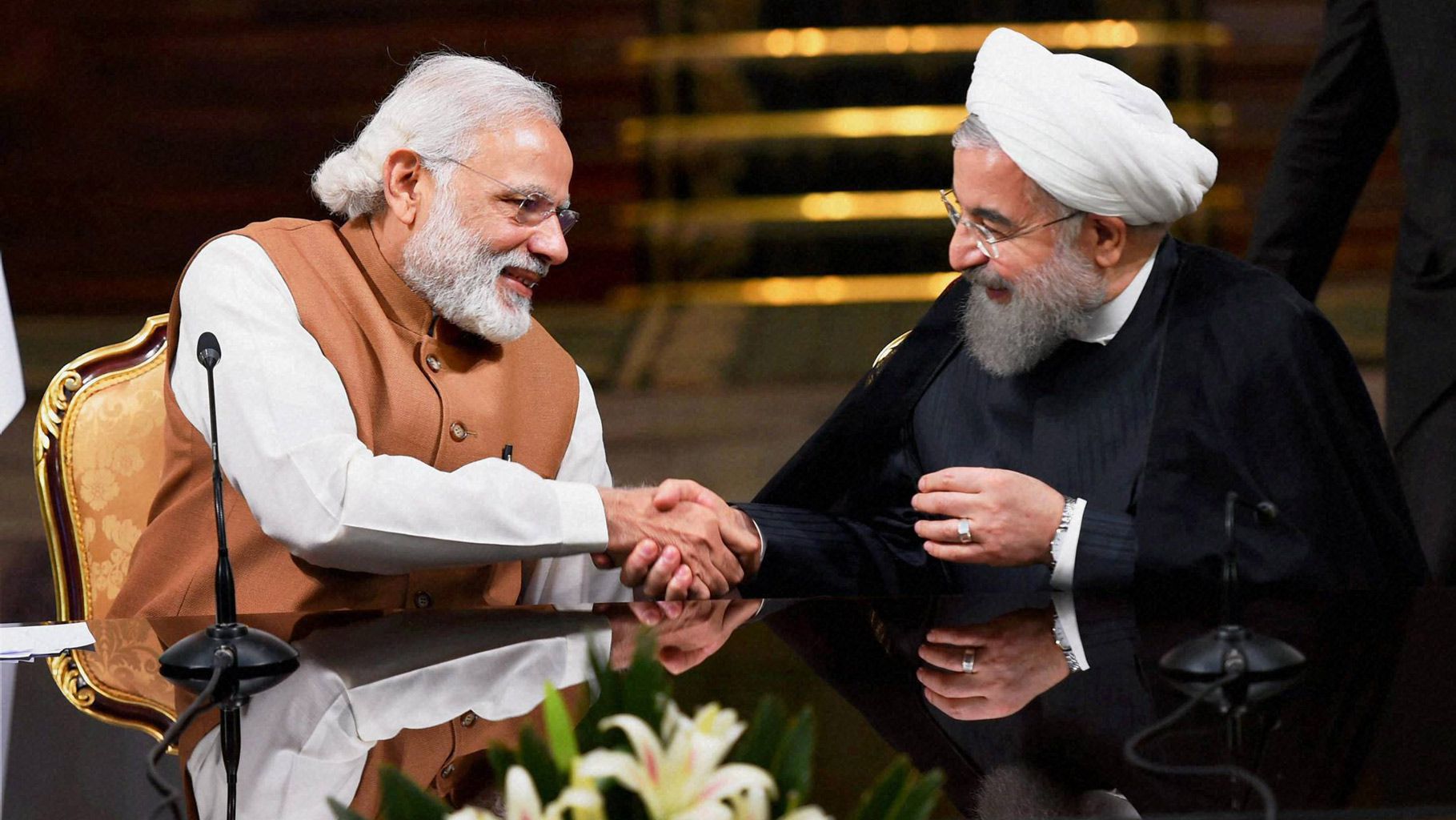India is one of Iran's main trading partners.
According to Iran-India Business Council, bilateral trade between the two countries is deep-rooted and dates back to thousands of years. Considering its population and economic growth, India is currently the second top economic power in Asia after China.
Iran's economic relations with the South Asian country have long been tied with crude oil.
India bought a monthly average of 450,000 bpd of Iranian oil during January-August 2017. Indian oil imports from Iran hit a record high in July, when the country’s refineries purchased 500,000 bpd.
India imported 335,400 bpd from Iran in August, the lowest level since February 2016, posting a fall of about 42% from a year ago, according to ship tracking data obtained from industry sources and data compiled by Thomson Reuters Oil Research & Forecasts.
August imports from Iran were down 19.2% compared with July, the data showed, as the world's third largest oil importer is reducing intake of Iranian oil in retaliation to Tehran's decision to award a giant gas field to a Russian company, Economic Times reported.
According to Trade Promotion Organization of Iran, with regard to non-oil trade between Iran and India, commercial exchanges have been bouncing back after they reached the lowest level of $3.93 billion in the fiscal 2011-12.
Iran's exports to India have been on a relatively steady trend with a slight uptrend since March 2013-14 when they reached their lowest level of $2.41 billion.
As for Iran's imports, they have been on a downtrend since March 2013-14 when they stood at their highest level of $4.28 billion.
Non-oil trade between the two countries reached $4.74 billion in the last Iranian year (March 2016-17), up by 4.17% compared to the previous year.
Latest statistics on bilateral trade correspond to the first half of the current Iranian year (March 21-Sept. 22), showing the two countries exchanged $2.69 billion worth of goods, up 11.38% year-on-year. Iran's exports stood at $1.33 and India's at $1.35 billion, indicating a fall of 7% and a rise of 29% respectively YOY.
Among non-oil Iranian commodities exported to India are: gold and jewelry, metal scraps and mineral stones, organic and non-organic chemicals, steel, non-ferrous metals, nuts, tar, oil tar, natural rubber, leather, non-metal mineral stones, legumes, wool, industrial machinery and motor oil.
India mainly exports rice, wheat, oilseeds, cotton, tea, potato, dairy products, textile products, chemical products, food products, steel, cement, coconut and banana to Iran.
India's investment in Iran's strategic port of Chabahar is expected to give a boost to bilateral trade, besides expanding India's trade with Afghanistan and energy-rich Central Asia by circumventing Pakistan.
During Indian Prime Minister Narendra Modi’s visit to Iran in May 2016, a commercial contract on Chabahar Port was signed between India Ports Global Pte. Ltd. and Iran’s Aria Banader, envisaging the development and operation of two terminals and five berths with multipurpose cargo-handling capacities.
India’s development of Chabahar will cost $85 million over the course of 18 months. Upon the completion of upgrade work agreed to in May 2016, Chabahar’s capacity will increase to 8 million tons from the current 2.5 million tons.
India’s investment is supplemented with a $150 million credit line to Iran through the Exim Bank of India. India has also offered to supply $400 million worth of steel for the construction of the railroad linking Chabahar and Zahedan.
On Sunday, India sent its first consignment of wheat for Afghanistan to be transited through Chabahar.
“The shipment of wheat is a landmark moment, as it will pave the way for operationalization of the Chabahar Port as an alternate, reliable and robust connectivity for Afghanistan,” read a statement issued by India’s External Affairs Minister. Six more wheat shipments will be sent to Afghanistan over the next few months.
Chabahar Port, located in Sistan-Baluchestan Province on the energy-rich Persian Gulf nation’s southern coast, lies outside the Persian Gulf and can be easily accessed from India’s western coast, bypassing Pakistan. The port is likely to ramp up trade involving India, Afghanistan and Iran in the wake of Pakistan denying transit access to New Delhi for trade with the two countries.


